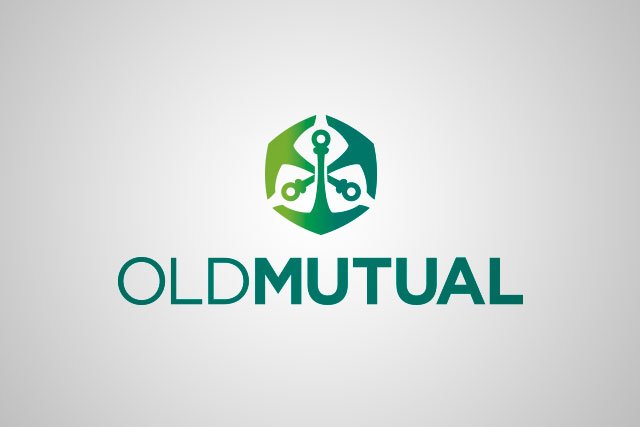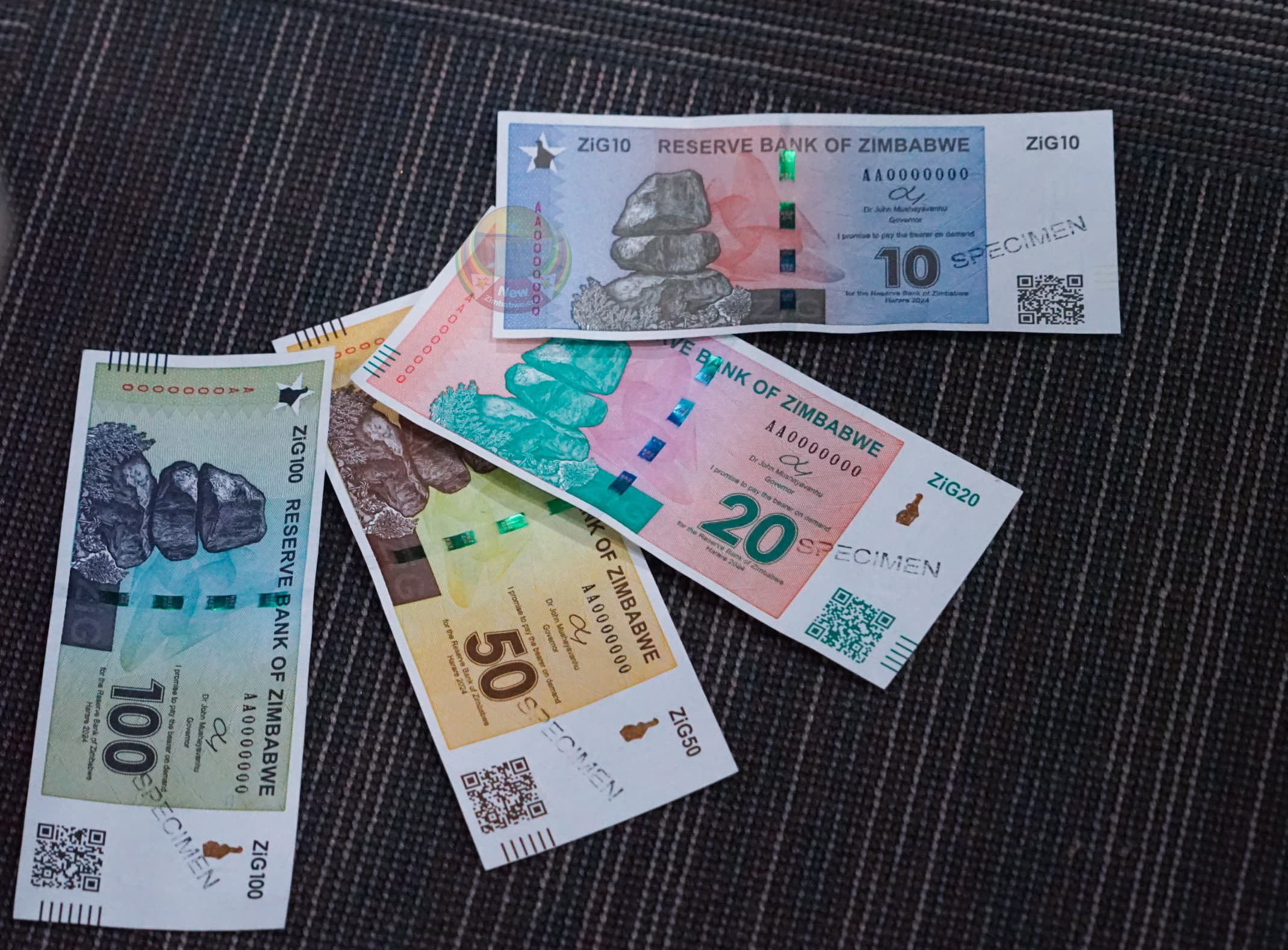Stronger ZiG a sign of normal movements
The rather surprising strengthening of the ZiG this week, with the mid-rate on Wednesday being 9.3 percent above the mid-rate on Friday last week, when it was at its weakest since the formal devaluation at the end of September, must have startled a lot of people.
The upshot is that it had gained a little over half the value it had lost since the devaluation, having fallen by 17.6 percent since September 27.
The Wednesday rate was ZiG26.0142 to US$1, compared to ZiG28,6829 on Friday and ZiG24,3902 when the ask price, the weighted average of the selling price of a US dollar by the commercial banks, was set at 25,0000 by a decree of the Reserve Bank of Zimbabwe after a devaluation decision by its Monetary Policy Committee on September 27.
To remind those who forget or are unaware, the interbank rates are set by the commercial banks. Every business day each bank sends into the Reserve Bank the three figures from its own dealing room, the bid rate, what it buys US dollars for, the ask rate, what it sells them for, and the mid-rate of the average of the two. The banks also send in how much they are dealing in each day.
The Reserve Bank then calculates the weighted averages, that is the volume from each bank at the rates its deals at, and these form the interbank ask, bid and mid rates that are published on the Reserve Bank website soon after the opening of business.
In fact the banks have to send in a table for a list of currencies, although the dominant one is the US dollar, and that same rate table is published by each bank, at least in its banking halls on those screens that are prominently displayed for major currencies, or at least the currencies that the bank is willing to buy and, under the conditions set by the Reserve Bank, sell each day.
These are major trading currencies plus the currencies of some of our neighbours, remembering that except for Botswana all other members of the Southern Africa Customs Union, Sacu, use the rand or have a national currency pegged at parity with the rand. Botswana with its stronger balance of payments maintains an independent currency that has over the years drifted upwards against the rand.
In practice, it was fairly obvious in the first few months of the ZiG that the banks were modifying the willing-buyer, willing-seller arrangement by letting purchase orders for foreign currency stack up, creating that delay that had caused so much trouble with the old Zimbabwe dollar.
This stacking, with not enough willing sellers, maintained the value of the ZiG with very small movements and required intervention of the Reserve Bank to ameliorate, although not end.
The Reserve Bank sold US dollars into the system, the dollars arising from a half share of the 25 percent compulsory purchase of export earnings. It was the obvious growing pressure that caused the September 27 devaluation to bring the ZiG into line with market forces.
A chunk of that pressure was coming from a growth in ZiG liquidity and some from the then derived resurgence of the black market, which had been hammered back at the launch of the ZiG, both because a sounder currency was launched with liquidity taps turned off and because the Financial Intelligence Unit was hitting the major black-market dealers and the police were mopping up the street dealers.
The major question many had was how would he banks be allowed to operate after September 27.
Generally the banks were being more responsive to market forces, implying they were not stacking up orders.
The ZiG tended to drift down in value against the US dollar to the end of last week, not spectacularly but by around an average of half a percent a day, although there were three days when it increased in value and a couple of days where the downward drift was a bit higher.
Then came this week with the first three days showing large jumps in increasing value, an average of over 3 percent a day, being a jump of 2,4 percent on Monday, 3,9 percent on Tuesday and 3,3 percent on Wednesday.
This would imply a surge in the amount of foreign currency coming up for sale, and almost certainly a desire for ZiG by some major exporters and legal holders of foreign currency, plus possibly, perhaps probably, routine intervention by the Reserve Bank in selling US dollars.
Both Reserve Bank Governor Dr John Mushayavanhu and Minister of Finance, Economic Development and Investment Promotion Prof Mthuli Ncube have made it clear in the past that they see one major plank of their currency stabilisation efforts being to increase demand for ZiG transactions so increasing sales of foreign currency held by exporters, invisible exporters such as many in the tourism industry, and others with nostro account holdings.
One major pressure was the decision that at least half of all tax payments had to be in ZiG, meaning that net exporters, and those in the Zimbabwean economy such as fuel companies who do most of their dealings in US dollars, would have to sell some of their US dollars to pay their taxes.
Whatever the reason, it seems to have been established that banks are allowed to follow market pressures more precisely, and so we can expect the value of ZiG to move both up and down. A good example of what should happen is the rand, which does fluctuate in value, although over a decade will, like most currencies of developing countries outside the oil states, tend to move down against the dollar and the euro.
We should be seeing roughly the same with the ZiG and it would be more useful to look at how the rand moves, than try and maintain a totally stable rate between the ZiG and US dollar.
Zimbabwe, as we continually repeat and stress, has an oddity with its dual currency system and pressures are created that would not be created if we operated with just a single currency for internal trading.
We have a positive balance of payments, that is foreign currency inflows are greater than foreign currency outflows. If we had the normal system that pertains in just about every other country that would make the ZiG a strong currency.
This year the positive balance, the foreign currency surplus, was likely to be somewhat lower, a little under US$50 million, because of the need to boost imports of food as a result of the bad El-Nino drought with the burden of the imports falling largely on the private sector which had to import all the maize needed for commercial milling and sales until the next harvest, the grain reserves of the Grain Marketing Board being earmarked for the Government food-support schemes.
However Minister Ncube announced that the positive balance was likely to be more like US$100 million as a result of better than expected mineral prices, and in particular better gold prices.
There is the wrinkle that the trade account is negative, that is we import more than we export, with the gap filled and the foreign currency surplus created through the diaspora remittances and the inflows of major aid agencies. The trading gap is narrowing, at least when drought imports are seen as an exception and will continue to narrow.
One major surge in trading inflows is coming from the tourism sector, which has already this year brought in invisible exports of over US$5 billion, second only to mining, and is still going strong with a couple of more months to go. Some of that tourism invisible exports will be used to import equipment and supplies, but a lot is spent locally.
Hotels will buy their meat and vegetables locally, for example, and pay a lot of other bills.
That pumps foreign currency directly into the hands of suppliers, as the hotels and resorts cannot use the black market, and so cuts their demand for foreign currency from their banks. And now hotels have to pay at least half their taxes on rising income and profits in ZiG.
As the tourism industry is expecting annual rises in income of around 33 percent for the next five years including this year, we are talking about sufficiently serious extra inflows of foreign currency that are likely to see, even after the industry has made its imports, to generate a positive balance of trade.
Regardless of whether tourism operators sell foreign currency to pay ZiG bills or spend foreign currency in direct payments to local suppliers, they are still pumping in a lot of foreign currency into the economy.
We need to remember the high levels of local ownership in this sector.
As the trade account moves into balance a lot of dramatic changes take place, starting with the sale of petroleum fuels in ZiG. Since our largest single import is private sector fuel it has made sense to transfer those imports to the diaspora money, directly and indirectly, as the main primary source of free funds. But once export earnings can support those imports, then the system must change.-esinessweekl










